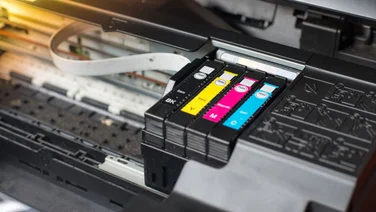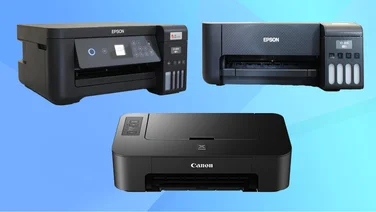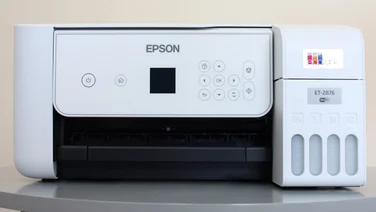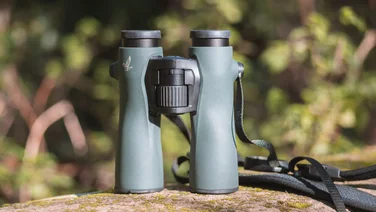To help us provide you with free impartial advice, we may earn a commission if you buy through links on our site. Learn more











The Panasonic Lumix DMC-FZ150 was our favourite ultra-zoom camera of 2011, but this year’s FZ200 ups the stakes yet again. It keeps its predecessor’s relatively modest 24x zoom but now maintains an f/2.8 aperture throughout the zoom range. Constant-aperture zoom lenses are nothing new – there are lots available for SLRs, but they’re seriously expensive. The FZ200’s constant f/2.8 aperture is completely unprecedented for an ultra-zoom camera.

This means there’s four times as much light entering the lens compared to a f/5.6 aperture. It’s great news for telephoto photography, where it’s normally necessary to raise the ISO speed (and noise levels) to avoid camera shake in anything but direct sunlight.

The f/2.8 aperture let us take this telephoto shot without having to resort to a noise-inducing fast ISO speed
Another welcome benefit is an extremely narrow depth of field for capturing sharp subjects against a blurred background. This effect increases with longer focal lengths and wider apertures, and it’s extremely pronounced in the FZ200’s telephoto shots.
Externally, little has changed since the FZ150, but that’s no bad thing. There are a couple of extra customisable function buttons to add to the already generous array of controls. However, we found that the AF/MF switch on the side of the lens often got jogged while in our camera bag. We’d have appreciated a touchscreen for quickly moving the autofocus point, but otherwise, it’s hard to criticise this camera for ergonomics and controls.

The electronic viewfinder has been significantly upgraded, from 201,600 to 1,312,000 dots. That’s just a shade lower than the resolution of the viewfinders used in Panasonic’s Micro Four Thirds cameras, but the view is much smaller than in those cameras. We’re also a little frustrated by the lack of a proximity sensor. Switching between the articulated screen and viewfinder via the button got fairly tedious, although it became less necessary once we began to memorise the buttons’ positions and were able to adjust settings while using the viewfinder.
Performance is just as fast as it was on the FZ150, with 12fps shooting for 12 frames, or 5.5fps with continuous autofocus. It managed 5.4fps for 16 frames before slowing to 2fps in our test. It was quick in normal use, too, taking just 0.6 seconds between shots. Fast shooting is extremely useful in an ultra-zoom camera for capturing sports and wildlife, and the FZ200 is the only ultra-zoom camera that competes with SLRs for continuous shooting with autofocus.

The video mode maintains its predecessor’s high standards, too, with 1080p shooting at up to 50fps, 30-minute clip lengths, a microphone input and priority and manual exposure options. Video quality is generally excellent, although we experienced some strange ghosting issues when shooting in low light that we’ve seen before from recent Panasonic cameras. Slow motion shooting has been significantly upgraded, capturing at 720p, 100fps for quarter-speed playback at 25fps. Most cameras’ slow motion modes capture at much lower resolutions, but this one is ready for serious use.
The FZ150’s photo quality was impressive but couldn’t quite match the Canon PowerShot SX40 HS. This time around, the updated models’ sensor specifications remain the same, but whereas Canon has super-sized the zoom range, Panasonic has gone for the constant f/2.8 aperture.

The Panasonic has a brighter lens and the Canon has a superior sensor – in practice there’s not much to separate their low-light image quality
Testing the two side by side, we expected to see wildly different results from these two very different lenses, but the reality was that their various strengths and weaknesses mostly cancelled each other out. While the Canon exhibited lower noise for a given ISO speed, the Panasonic’s brighter lens meant it could use lower ISO speeds to compensate. Both cameras shot at ISO 100 in bright light, though, whereupon the Canon’s JPEGs looked cleaner. Shooting in raw mode improved the Panasonic’s output.
The Panasonic had the edge for focus and resolved sharper details in dense textures, although focus suffered a little when the aperture was wide open. It sensibly picked an f/4 aperture on automatic settings when there was sufficient light for it. The Canon’s colossal 1200mm maximum focal length nudged it into the lead for telephoto details. These shots were far from pixel-sharp, though, and there weren’t many occasions that the Panasonic’s 600mm focal length was insufficient. We also found that the Panasonic’s Auto mode gave more reliable exposures and white balance.

Focus is impressively sharp into the corners but details in JPEGs look a little scrappy – raw gives better results

The 24x zoom is smaller than other ultra-zoom cameras but it’s still pretty enormous
It’s hard to pick a clear winner for image quality, but in most other respects the FZ200 has the upper hand over the Canon PowerShot SX50 HS. It was faster throughout our tests, and often significantly so. Battery life is longer, and its viewfinder is much sharper. Both cameras capture attractive videos but the Panasonic’s video mode is much better specified. They’re both superb cameras, but the Panasonic comes out on top.





